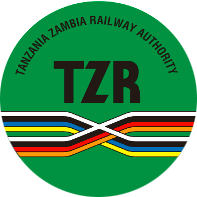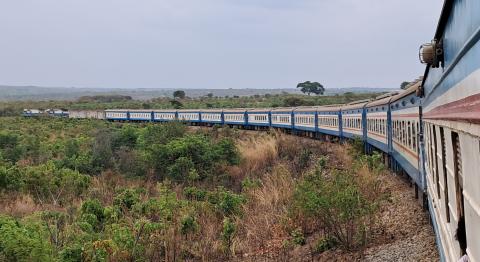THE Minister-Counsellor at the Chinese Embassy in Dar es Salaam, Mr Gou Haodong, placed a wreath of flowers at the grave of the first Chinese expert, Zang Mincai, who died in the course of building the Tanzania Zambia Railway (TAZARA) more than 40 years ago.
The experts’ death did not, however emanate from a construction accident but by being stung by the fierce African bees.
The ceremony, led by the Managing Director of the China Civil Engineering Construction Corporation (CCECC) East Africa Limited, Mr Yigao Jiang, was part of the Chinese tradition of remembering their dead, a day marked on either April 4 or 5 each year, depending on the lunar calendar, which the Chinese follow.
CCECC is the state company that built the railway. The event was also attended by many Chinese who live in Tanzania. Mr Haodong also led a long queue to lay white roses on other tombs.
“This is a very important day for us in China and people usually travel very long distances to go back home or any other places to comb the tombs of their dear ones,” explained Mr Haodong after he had performed the ceremony. His wife, Sun Lihua, wiped tears from her cheeks. The occasion was preceded by playing the national anthems of both Tanzania and China.
The story of Mincai’s fate touched many people in China including Premier Zhou Enlai who dispatched a top doctor, Professor Wu Jieping, to try and save his life but the venom of the bees just proved fatal.
Mincai’s death and that of the others, symbolize to this day the sacrifice and high price that China, Tanzania and Zambia made and paid to build the railway as an assertion of freedom.
Tazara is also known as the “Great Uhuru Railway.” Uhuru is Kiswahili for freedom. Altogether, over 160 workers, including 64 Chinese experts died during the construction of the Tazara.
The graves of the Chinese experts, including that of a young man who was only 22 years old when he died, are at Gongo la Mboto on the outskirts of the city.
Also buried there is Ma Shuangquen from the home town of President Xi Ping.
He was only 55 years old when he died.
The 1,860 km (1,160 mi) Tazara was built from 1970 to 1975 at a cost of 500 million US dollars then to enable landlocked Zambia cut dependence for its imports and exports on the racist regimes of Southern Rhodesia, now Zimbabwe and South Africa.
It was at the time China’s biggest foreign aid venture and was both a technical and engineering milestone as the track runs through one of the most difficult terrains on earth.
Western countries refused to help both Tanzania and Zambia build the railway, claiming it would not be profitable.
By contrast, Chairman Mao Ze Dong promised both Father of the Nation, Mwalimu Julius Nyerere and Zambia President, Dr Kenneth Kaunda that China would help the two brotherly nations of Africa to build the railway even if that meant putting on hold some of its own domestic development projects.
Currently, the railway needs rehabilitation and tripartite talks are ongoing to revitalize its operations and keep it as the icon of friendship between Tanzania, Zambia and China, which rejected the views of doomsayers to build what remains as Africa’s longest railway that technically makes it possible today to travel by railway from Cape Town to Nairobi, Kenya, making a reality of what Cecil Rhodes had merely dreamed about.
SOURCE: The Daily News (Tanzania)

